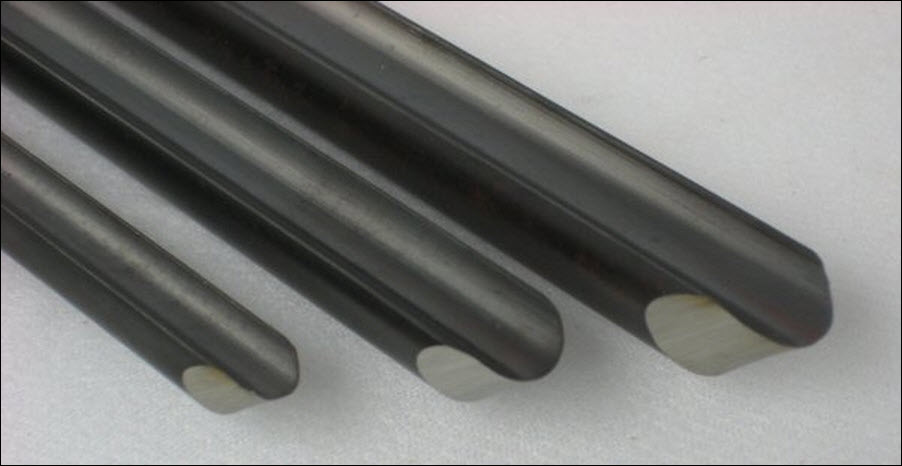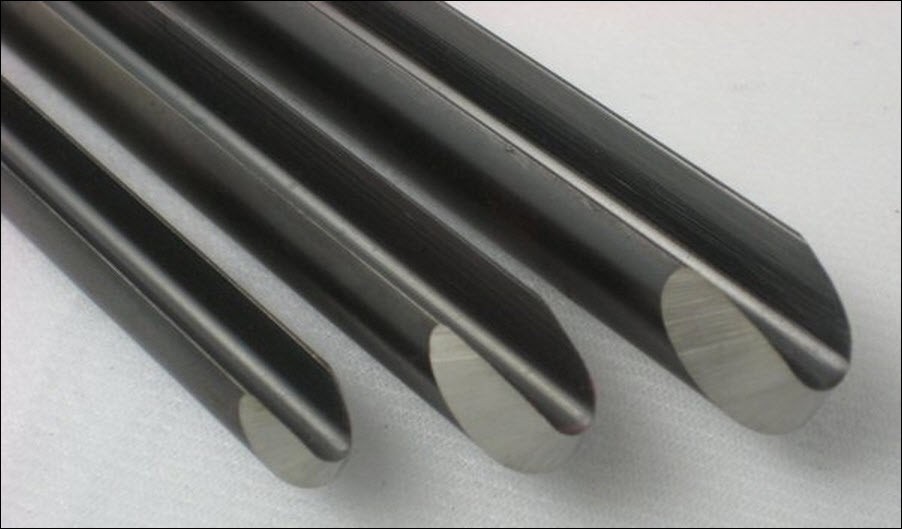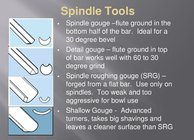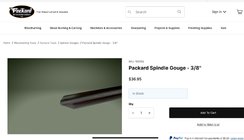I am interested in getting a Thompson spindle gouge, for tenons, beads/coves, and also roughing bowls similar to Raffan. Thompson has at least four different styles of spindle gouges, and I am not sure which is like Raffans or would be best for said tasks. For size, 1/2 inch (diameter I think). For bowl roughing tasks I would think the detail gouges would not be perfect, but I don't know. I have never used a spindle gouge, neither at school nor from the tools I got with the two lathes we have at home. Does anyone know what Raffan uses, or does anyone else have a spindle gouge that they use for bowl roughing? I'm sure the detail gouges would work for details and tenons, but I think bowl roughing would be the factor that would be most important as I would assume that whichever works best for roughing would also work for details (but details are less important as I can do those with a skew).
If anyone knows or has any ideas, let me know!
If anyone knows or has any ideas, let me know!





